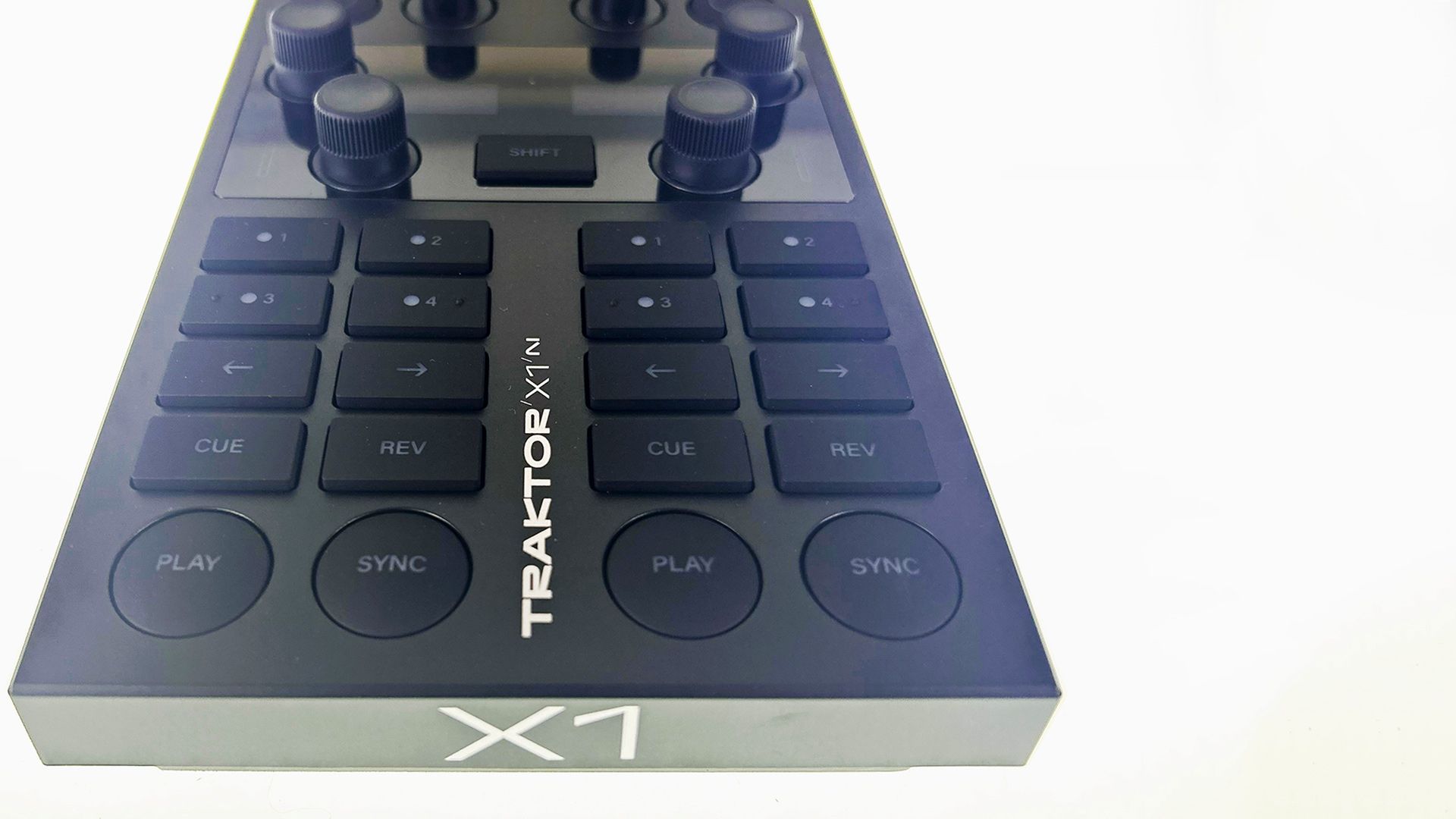Record pools continue to be one of the most popular ways for working DJs to get their music – and today we’re taking a closer look at one in particular, zipDJ. This site is one of the more diverse and exciting pools online for DJs – but how does it fair in real-world everyday use? Read on for our full zipDJ review
It has been a little over two and a half years since we last took a look at various record pool options available for DJs; So, we thought we’d take an opportunity to go back and revisit some of our favorites to see where they are now starting with zipDJ. If you missed the original reviews check out Top Online Record Pools For DJs: 2013 Edition and Top Online Record Pools For DJs (Part II).
If you’re new to the concept of a record pool, most pools provide unlimited downloads of high quality digital music (MP3s) for a set monthly price. In return for the music, DJs are often required to give feedback on either individual tracks or on a group of tracks before being able to download them. Record pools are both a market research and promotional tool for record labels so they often have rules requiring the members to be working DJs (clubs, radios, etc) so that they get a return for their music in the form of play time in front of a wide audience.
- Record Pool: zipDJ
- File format: MP3
- Bitrate (Kbps): 320
- Record Label Partners: 1700+
- Price: $50 CAD/month; $420 CAD/year (+ more options)
- Bottom Line: ZipDJ has one of the most impressive libraries in terms of track diversity. Overall, this is a very powerful library that any working DJ should consider adding to their collection.
zipDJ: The Music
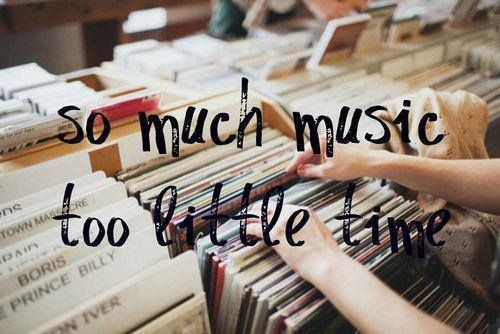
In our last (micro)review of zipDJ, I mentioned that I used it as a source for both my club music as well as for festivals and after hours. These days I also use it as a source for lounge music at my newest residency. Of all the record pools I’ve used, zipDJ has the most diverse library with an ability to cater to DJs of almost any style. There are many pools out there that do one or two genres extremely well, and perhaps in those areas better than zipDJ, there are none that offer as many genres in one place.
The genre list for zipDJ is broken into six main genres: Country, Dance, Latin, Pop, Rock/Alternative, Urban
In each, there are sub-genres like “Soulful/Funky House,” “Reggae/Dancehall,” “Trance,” “Dubstep/D&B/Breaks,” “Adult Contemporary,” and so on. In total, there are 28 options to choose from in the genre dropdown box, with some related genres grouped together (“Deep House/Indie Dance/Nu Disco” for example.) If there is a failing in zipDJ’s library, it is in the groupings/labelling of subgenres – with so much variety putting things together can make it more difficult to find exactly what you’re looking for. For example, under the “Dubstep/D&B/Breaks” group, I had to scroll past a decent amount of Dubstep before finding the first Breaks track in the new releases. It’s also not always clear what makes one track “Dance/Mainstream Club” and another very similar track “Electro/Progressive House” or “House/Vocal.”
As a small test of a record pool’s library in terms of popular music, I check for two things;
- top five tracks on Billboard Hot 100 (zipDJ has all 5, as well as multiple versions and remixes of each)
- top five tracks on Beatport’s top 10 (zipDJ scored 5/5 again here as well)
zipDJ’s Website
Recently, the zipDJ team have done a bit of a cosmetic update to the site, but the core technology behind it seems the same. It’s a modern site with a number of features that call for closer inspection:
Navigation
Navigating the site is relatively easy with options like New Releases, Top Downloads, Charts, curated Playlists, Packs (more on that later), etc. zipDJ also offers a number of breadcrumbs with primary artist names, record labels, and track names all clickable. Unfortunately, remixer names are not clickable and if a song is a collaboration of two artists, the link is to a search for the two names together instead of one link for each artist in the collab.
One minor issue – this design, while useful for quickly sorting through music, doesn’t allow you to use tabs. The content area is split into a header, main content body, and sidebar – everything you click loads in either the content body or sidebar. This means that if you’re scrolling the new releases and click an artist name, the new releases go away and you’re now looking at the artist specific releases. If you’ve read my article on digging for music you’ll know that my usual methods involve opening tabs to reference things later so this particular design choice isn’t my favorite. This isn’t the only record pool that suffers from this particular design choice – but the good news is that they’ve informed us that the upcoming version 3 of the site will allow tabbed browsing.
Preview Player

The preview player on zipDJ gives you a two-minute snippet of the song in good streaming quality. While I am not sure the actual bitrate of the preview there is no distortion and the bass is punchy. It is certainly enough to decide if the song you’re previewing is worth a download. There are a number of record pools out there with the absolute worst previews – but zipDJ didn’t skimp here, and you’ll never feel the need to download a track just to decide if you want to keep it or not.
Search
In addition to a standard style site search in the top header of the site, there’s also a “Music Search” which allows you to get auto-complete/predictive type results for artists, tracks, releases, charts, or within labels or genres. Each search box has its own uses. Predictive lists aren’t as useful when you’re looking for a shorter name – searching for “Cid” the list returns 15 artists with Acid in their name. The Music Search also has one important feature for Canadian radio DJs as it has the ability to filter for “Canadian Content” to help you meet CRTC CanCon guidelines.
Performance + Downloading
Overall the website is quick and snappy – but there are some things that could use some caching. Searching for an artist with a lot of releases takes an average of 5 seconds and switching the genre filter on the Top Downloads feed took about 12 seconds. It seems like the system is building the list live, but most DJs would probably be happy with it updating every 24 hours if it meant a cached list could be presented more quickly.
Downloading is decently quick, but there seems to be an upper limit on the speed as it definitely doesn’t use my full bandwidth. In an entirely unscientific test using three separate downloads it peaked at 16 Megabits per second with an average download speed of ~12.6 Megabits per second.
It should be noted that while zipDJ delivers your download queue as a .zip file the compression savings with MP3s are very small so the real benefit from the practice comes from the single concurrent download. You can batch up to ~300 MB of tracks into a single download making use of the maximum available throughput on a single file.
Value Adds/Other
Essential Packs
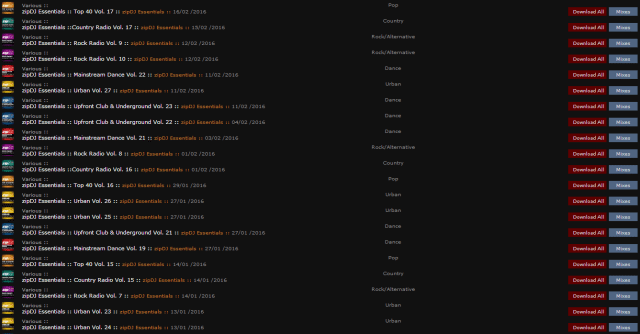
A relatively new feature to zipDJ is their “Essential Packs” which are packs of music selected by the zipDJ staff that can be downloaded quickly for DJs that don’t necessarily have time to dig through the library. As an example “Country Radio Vol. 17” is 15 hand-picked Country songs from artists like The Cadillac Three, Dean Brody, and Chase Rice. These seem like they could be incredibly useful for DJs playing gigs where they don’t have time to get to know a new genre, or want recommendations of specific new tracks in a genre but haven’t had time to do advanced digging.
zipDJ Blog
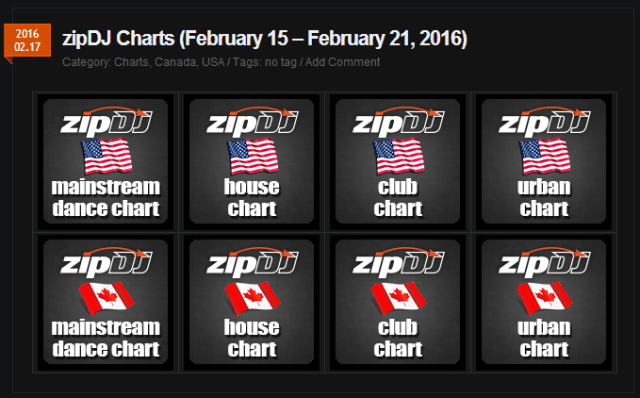
zipDJ runs public blog with regular features “On Our Radar” and “zipDJ Charts.” The radar is a list of recommended songs chosen weekly that you may not encounter otherwise and their charts are pretty self-explanatory. One cool thing to mention about the charts is that zipDJ compiles Club, Dance, and Urban DJ charts for Canada and The United States, which are included in the industry publication M!S and also used to compile the Global Dance Traxx Top 200 chart, which is published in Billboard.
Support
The best way to sum up zipDJ’s support: this weekend I added 10 tracks to my queue for my actual use completely unrelated to this review and hit download, but accidentally closed the tab before it started. I contacted support to reauthorize the downloads and had a response within an hour at 8:40PM CST on a Saturday. Awesome service.
In Conclusion
In addition to reviewing the platform, I actually use zipDJ and have been an active member since 2010. It is one of four pools I use regularly along with Google Play for my music and it has stayed one of my favorites even as my style has changed and evolved.
The a few gripes with the site are all progressing towards being fixed, and zipDJ is one of the few pools where DJs can get music for just about any type of gig from clubs to radio to raves and festivals. ZipDJ excels most in House and its sub-genres, but the other genres on the site are no joke. If you’re a DJ that needs more than just what’s on the Billboard Top 100 or Beatport’s Electro House and Progressive House charts, zipDJ very well could be the pool for you and it’s definitely worth checking out. If you’re looking for a pool that’s hyper-focused on a smaller set of genres or if you need music videos, stay tuned for more single pool reviews coming soon!
One thing we should mention is that zipDJ vets their members. All DJs need to apply to join and membership isn’t approved automatically. One of the promises that zipDJ makes to their label partners is that the music will see an audience wider than a bedroom so unfortunately zipDJ is likely not going to be an option for new DJs still looking for their first gig.


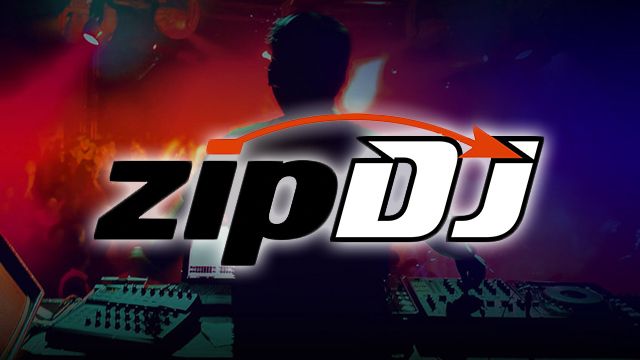
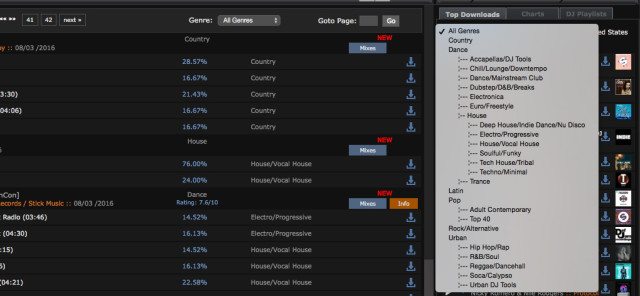

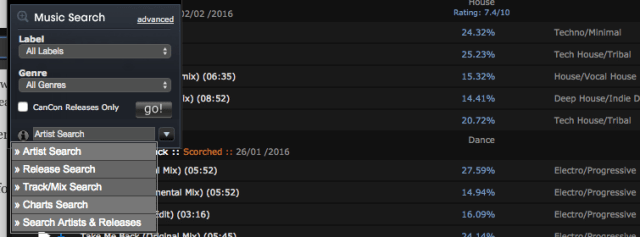

![ROLI’s Seaboard RISE 2: seamless integration into the expressive world of MPE [REVIEW]](https://s11234.pcdn.co/wp-content/uploads/2023/11/Screenshot-2023-11-16-at-5.02.41-pm.png)
